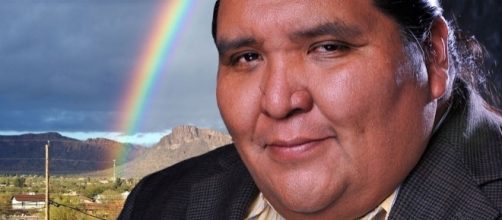One of the primary agenda of Trump's Presidential campaign was to create a wall between USA and Mexico extending from the Pacific Ocean to the Gulf of Mexico. While the plan would have to bear resistance from his political opponents along with other physical and financial limitations, Trump signed the executive order making his intent of proceeding with the wall clear.
Effect of the wall on the Tohono O’odham Nation
One serious impact of the wall could be on the people of the Tohono O’odham Nation, which is the collective government body of the Tohono O’odham tribe.
Their land in Arizona borders Mexico, however, their people live on both sides of the border.
Speaking to the New York Times, vice chairman of the Native American land holding, Verlon M. Jose expressed the outrage of his tribe over the government's decision. He said that the plan of building the wall between the 2 countries is like someone coming to your house and building a wall in the living room. After that, he spread his arms as if to embrace the ground and said, “This is our home.”
The Tribe
The Tribe, who share a 62-mile border with Mexico have witnessed severing of their land for 150 years. However, the wall would not only divide their land but cut off the ancestral connection that they share with their people on the other side of the border.
Talking to New York Times, Richard Saunders from the tribe said their roots exist on both sides of the wall. Rather, his grandparents' graves are 500 yards into the Mexican side of the border.
The Tohono O’odham tribe has 34,000 members, half of whom live in Arizona. Another 2,000 live in Mexico and the rest left the for places with better work opportunities.
The reservation is one of the favored crossing points for illegal immigrants and drug gangs. With a 20-foot-tall fence, that part of the border is easier to cross in comparison.
The Tribe's public safety department stated that the number of members of the tribe living there dropped to 14,000 in 2016 from 85,000 in 2003. For some water could be fetched from a well 100 yards from their home. But since it has been shifted to the other side of the border, they need to drive 4 miles to the nearest water source.

